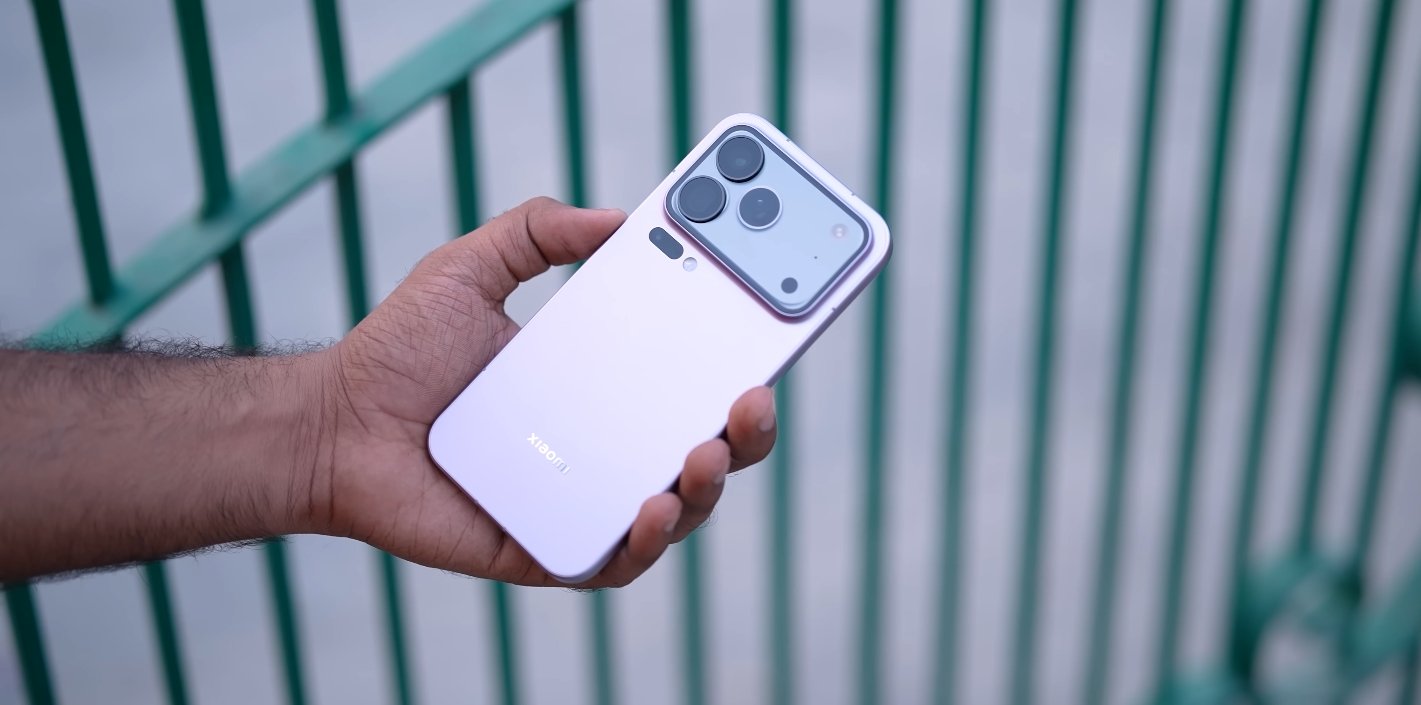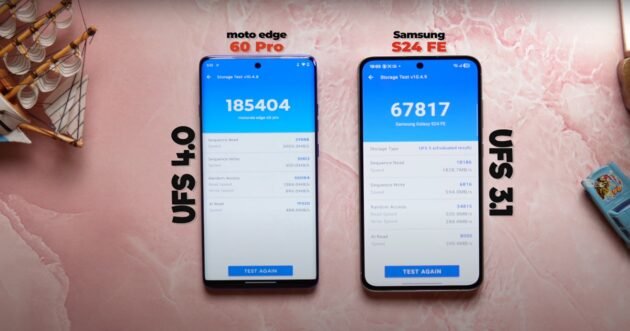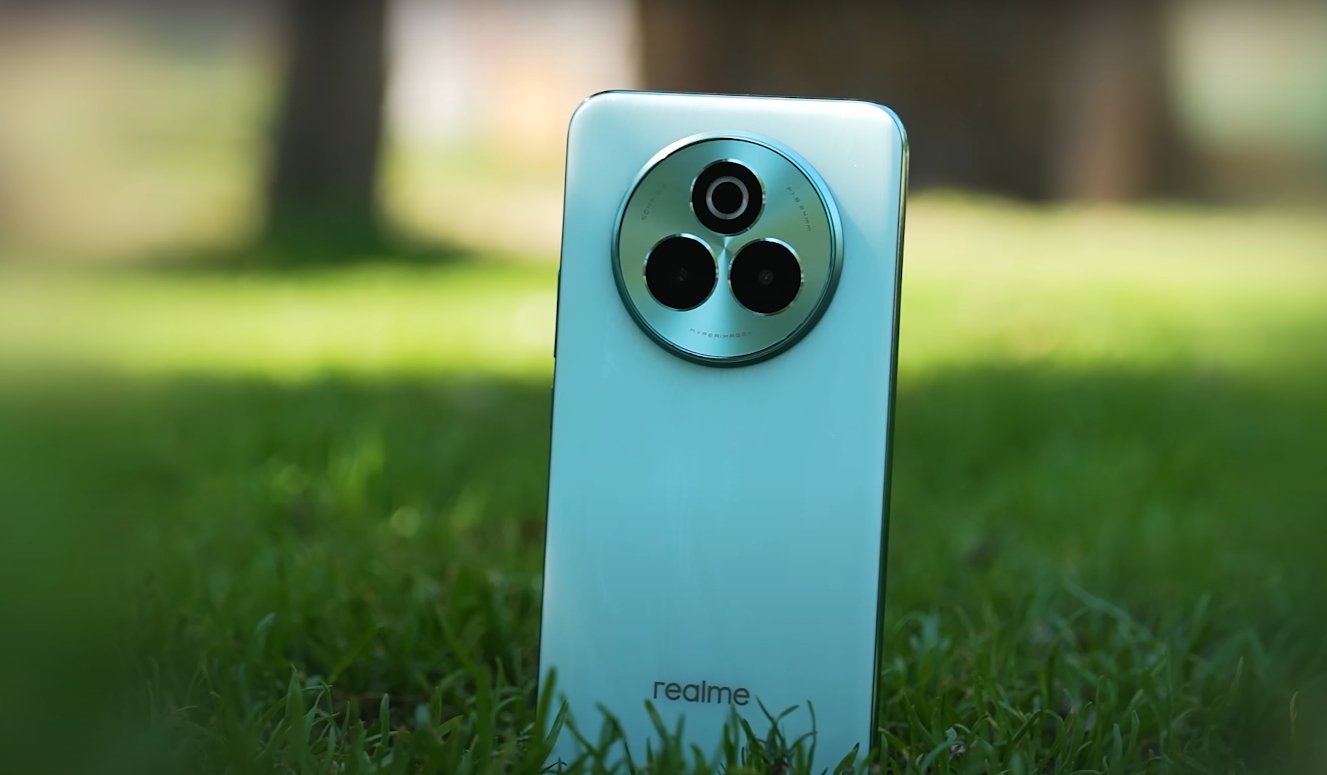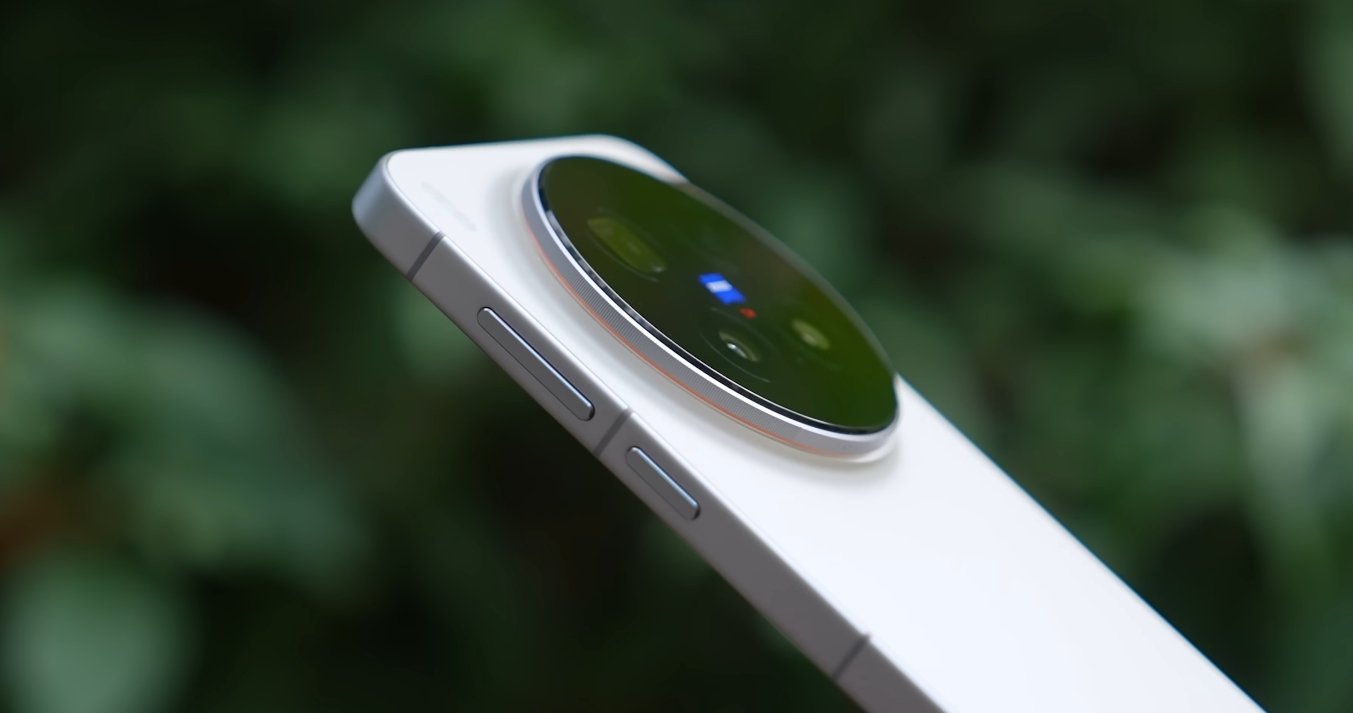Brightness, Clarity, and Color: A Flagship Display Comparison
The competition between Xiaomi and Vivo in the flagship segment has always been intense, especially when it comes to display technology. The Xiaomi 17 Pro Max and Vivo X100 Ultra represent the latest advancements in smartphone screen innovation, blending high refresh rates, OLED brilliance, and incredible brightness levels. Both phones deliver stunning visuals, but their approaches to achieving top-tier display performance reveal some distinct differences.
The Xiaomi 17 Pro Max is built around a large 6.9-inch LTPO OLED panel with a resolution close to 1200×2600 pixels and a 120Hz refresh rate. It also introduces a secondary rear display, adding functionality for notifications, selfies, and quick tools. Xiaomi’s main screen boasts a peak brightness around 3500 nits, making it one of the brightest displays available. This extreme brightness ensures that even under direct sunlight, the screen remains highly readable. The rear panel, though smaller, maintains smooth performance with the same refresh rate, offering a unique experience for multitaskers and photographers.
On the other hand, the Vivo X100 Ultra features a slightly smaller 6.78-inch E7 LTPO AMOLED panel, but with a sharper 2K resolution of 1440×3200 pixels. This gives it a higher pixel density, resulting in crisper text and more detailed visuals. The panel supports up to 120Hz refresh rate as well, ensuring equally smooth animations and transitions. With a peak brightness of around 3000 nits, Vivo’s screen also performs brilliantly outdoors, offering deep contrast and vivid color reproduction. The company has focused heavily on color accuracy, making the X100 Ultra a strong choice for media enthusiasts and photographers who prioritize natural tones and precise calibration.
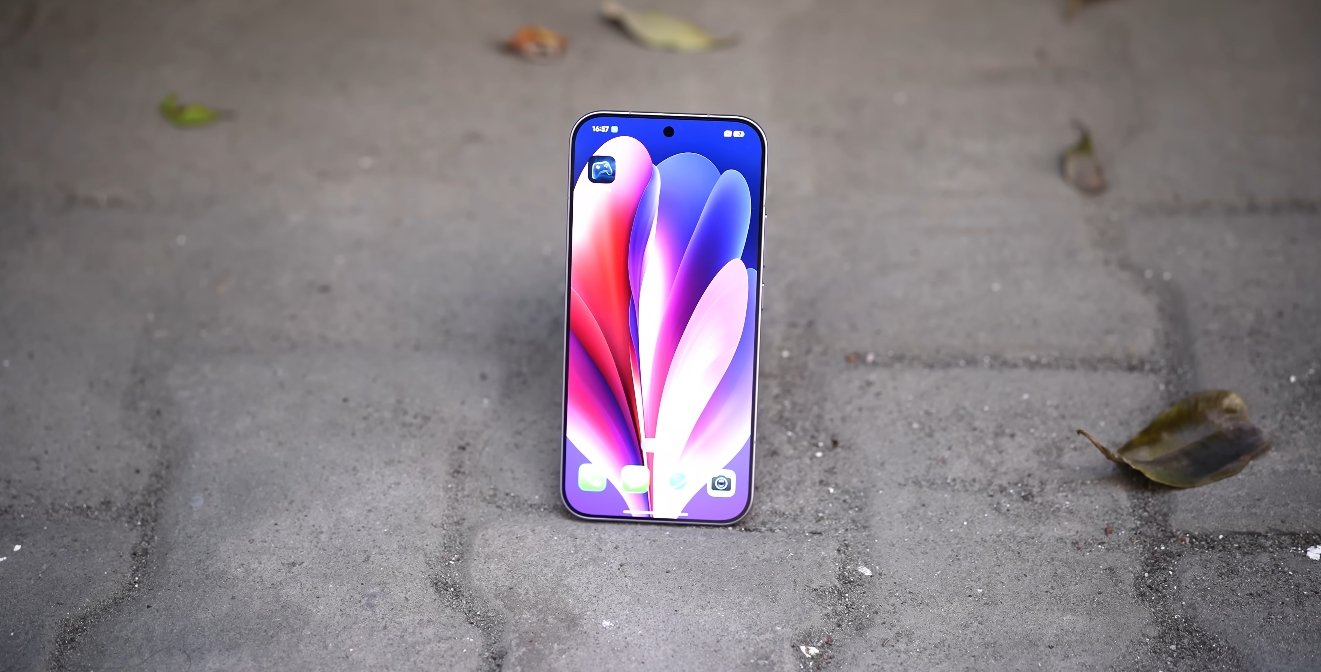
In real-world usage, both phones deliver flagship-level display experiences. The Xiaomi 17 Pro Max shines in scenarios that demand maximum brightness and flexibility. Its dual-display setup is especially handy for creators who use the rear screen as a live viewfinder or for managing tasks while keeping the main screen free. The LTPO technology allows dynamic refresh rate adjustments between 1Hz and 120Hz, helping conserve battery during static usage. The Vivo X100 Ultra matches this efficiency with its own adaptive LTPO system, balancing performance and energy consumption based on content type.
Color depth and contrast are key differentiators in any display test. The Xiaomi 17 Pro Max provides a high contrast ratio, delivering rich blacks and bright highlights ideal for HDR playback. Its OLED panel ensures wide viewing angles and punchy visuals, making it perfect for streaming and gaming. The Vivo X100 Ultra’s E7 AMOLED display goes a step further in color balance, offering slightly more natural saturation and consistent tones across different lighting conditions. Users who value lifelike reproduction for photos and movies may find Vivo’s approach more pleasing to the eye.
When it comes to touch response and refresh rate smoothness, both devices perform exceptionally well. Scrolling through web pages, switching apps, or gaming at 120Hz feels fluid on both. However, Xiaomi’s additional rear display introduces new interaction possibilities, enhancing convenience for selfies, camera previews, and notifications. Vivo, by focusing solely on a single front display, ensures uninterrupted full-screen content without any additional hardware distractions. This difference highlights Xiaomi’s experimental edge and Vivo’s focus on refinement and minimalism.
Another factor in display performance is outdoor usability. In bright daylight, the Xiaomi 17 Pro Max holds a slight advantage due to its higher peak brightness. The screen remains vivid and clear even under harsh sun exposure. Vivo’s 3000-nit brightness is still impressive, offering great visibility, but the extra nits on Xiaomi’s panel make a noticeable difference for users who spend time outdoors or travel frequently. Both phones handle reflection control well, with anti-glare coating and adaptive brightness settings that adjust instantly to ambient light.
In overall testing, both displays rank among the best available on smartphones today. The Xiaomi 17 Pro Max leads with its unmatched brightness levels and innovative dual-display setup, offering a combination of functionality and visual appeal. It caters to users who want the most versatile and attention-grabbing screen experience. The Vivo X100 Ultra, meanwhile, focuses on clarity, precision, and visual consistency. Its higher resolution and finely tuned color profile make it the superior choice for users who appreciate detailed, cinematic visuals and balanced tones.
In conclusion, the display battle between the Xiaomi 17 Pro Max and Vivo X100 Ultra is one of brightness versus clarity. Xiaomi delivers exceptional brightness, a secondary display, and great flexibility, while Vivo impresses with sharper resolution and truer color accuracy. Both are elite options, but for pure visual sharpness, the Vivo X100 Ultra slightly edges ahead. For all-around versatility and outdoor brilliance, the Xiaomi 17 Pro Max remains unmatched in the flagship display category of 2025.
